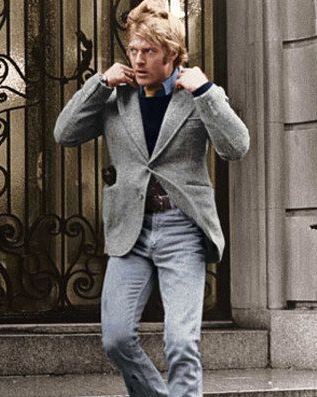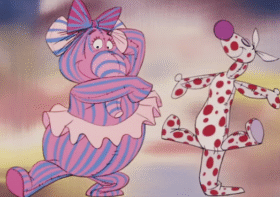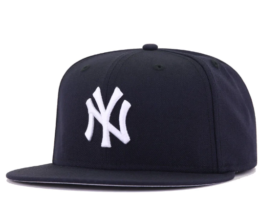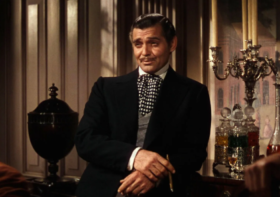High-Low Dressing: What It Is And How To Do It

One of the things I like so much about menswear is the simplicity.
In casual settings, I can do a pair of jeans and a flannel shirt. At the office, I can do chinos and a sport coat. Anything more formal means a suit is in order.
Sure, there are a myriad of variations within those instances (and people like me love that stuff) but for the most part menswear is pretty easy.
Men aren’t required by society to be up-to-date on every trend. We aren’t required to wear a different outfit to each wedding, party, or work function, in case, God forbid, someone remember that we wore that jacket last month. It’s even seen as kind of charming if a man can be recognized by the fact that he wears the same sport coat to everything.
Each formality level is pretty well-defined, too. For most of us, we have our casual uniform (what we wear at home off the clock), our “nice casual” uniform (what we wear to the office, out to dinner, or to family events), and formal uniform (what we wear to work functions or weddings).
Sure, there are circumstances that fall outside that spectrum, like if you need to wear a tuxedo, but those three instances are where the majority of us live our day-to-day.
This brings me to the concept of “high-low dressing”. This is a term you might see on Instagram or StyleForum and is generally considered an “advanced” style move.
Read on and I will explain what “high-low dressing” is and how to do it well.
“High-low dressing” is when you combine clothing of different formality levels in the same outfit. It can take the form of a blazer with a t-shirt underneath instead of a dress shirt. Or wearing a western-style belt with a suit.
The reason it’s considered a “next-level” style move is because it is difficult to do well. Most of the time the outfit looks jarring since the different pieces are not meant to look good together.
All is not lost, however. If you are interested in giving it a shot, I find it helpful to think of it this way…
The reason why most people fail when they attempt “high-low dressing” is because they choose items that are too far apart on the “Formality Spectrum”. Here is what I mean:
You would never wear canvas overalls with patent leather opera pumps, would you? Of course not. Those two things occupy spots on the Formality Spectrum that are WAY too far apart.

In order to do “high-low dressing” well, you need to choose items that have as small a distance between them as possible. They obviously can’t occupy the same spot on the spectrum, because then it wouldn’t be “high-low dressing” anymore, would it?
Let’s say you are going to wear a sport coat. Let’s plot that on the Formality Spectrum. I am going to choose a somewhat arbitrary spot that is somewhere around the middle.

Now, for the pants, you need to choose something that is relatively close to the sport coat on the Spectrum. You wouldn’t choose something like sweatpants, since it’s too far away.

Yes, it would be “high-low dressing” but it would look terrible. Choose something closer to the sport coat.
Dark, well-fitting jeans maybe? Those are more casual than a sport coat but the distance between the two on the Spectrum isn’t too great. That would be a good choice.

Let’s do another one:
You’re wearing a navy suit and are choosing some footwear. You wouldn’t do a chunky pair of Blundstones.

You’d go with a sleeker version of a Chelsea boot. Both are Chelsea boots, but one is much further away on the Spectrum and, thus, not the optimal choice.

Now, full disclosure, I am generally not a fan of intentional “high-low dressing”. I don’t really see the point in it. It’s rarely executed well since it’s fairly difficult. It just seems like unnecessary stress.
There are two instances in which I think “high-low dressing” works best.
The first is with smaller accessories rather than large blocks of an outfit.
For example: Wear your nice dress watch with casual clothes. Wear some brown leather longwing brogues, instead of sneakers, with your jeans. Choose a cashmere sweater over a cotton sweatshirt.
It’s easier to dress something UP rather than dressing something else DOWN. As much as the Very Fashionable Men Of The Internet would have you believe, a navy blazer looks formal no matter how you style it.
Dressing a casual outfit up makes it looks like you have an eye for detail. Dressing a formal outfit down gives off a “How do you do, fellow kids?” vibe.
The second instance in which “high-low dressing” works best is when the “low” part of your outfit serves some sort of necessary function. For example: This weekend my family and I went to church and then Christmas tree shopping. I wanted to look presentable for church but I also needed some hearty footwear for tromping around in the mud.


As you can see, the reason for my “high-low dressing” that day was purely utilitarian. It was that utility that made it authentic and not out-of-place. Also, since the boots were ultra-casual, I decided to choose a tweed jacket and wool tie since they didn’t stray too far on the Formality Spectrum. A worsted navy blazer and fine grenadine tie would be too far away on the Spectrum to look coherent with the boots.
“High-low dressing” is definitely something that takes practice to execute properly. Hopefully, with this guide, you will feel a bit more confident in your experimentations.



